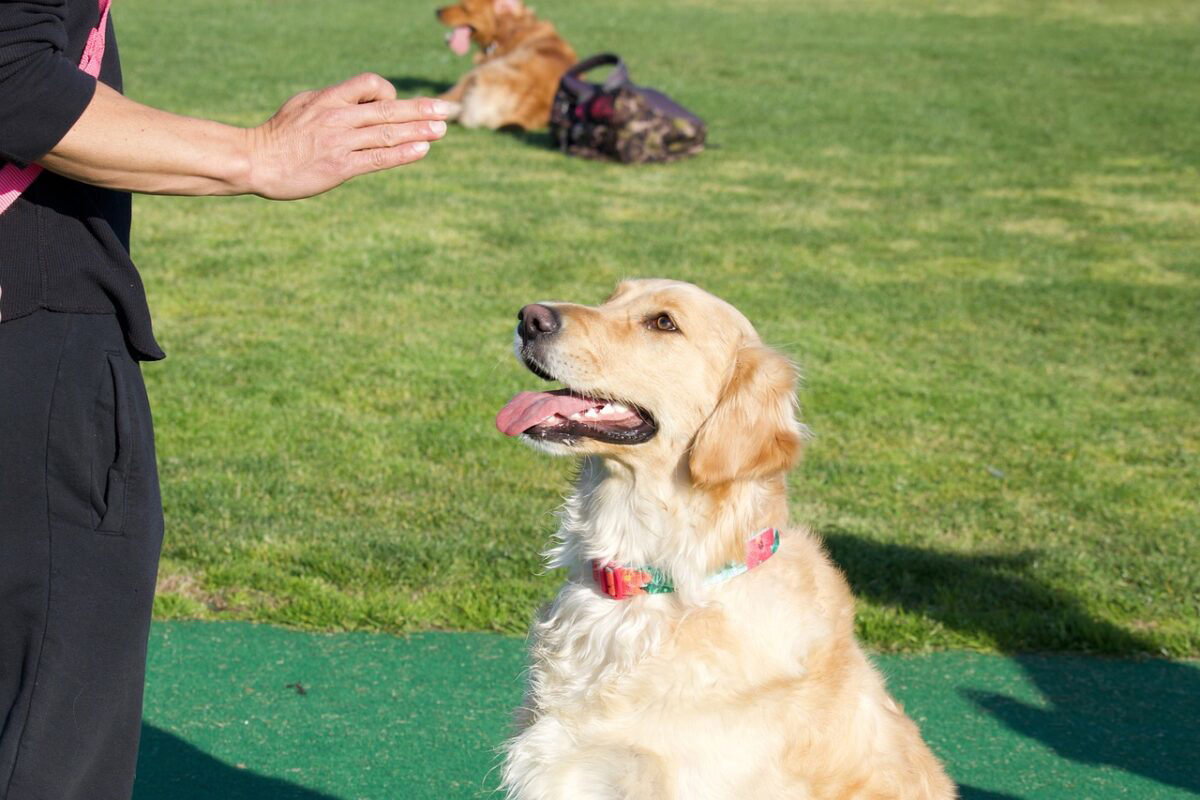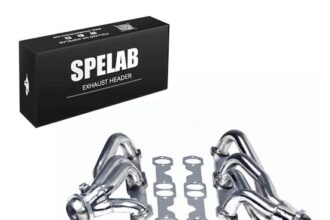Keeping our four-legged friends happy and healthy, coat care stands out as one of the most essential aspects of pet ownership. Each breed’s unique fur type brings its own set of challenges and needs, making it crucial to understand the proper care techniques. Let’s dive into how you can keep your dog’s coat looking its best while ensuring their comfort and well-being throughout the year.
Understanding Different Coat Types
Just like humans have different hair textures, dogs come with an amazing variety of coat types. You’ll find single-coated breeds like Poodles and Yorkshire Terriers sporting hair that grows much like ours does, continuously and requiring regular trims. Then there’s the double-coated crew, including German Shepherds and Huskies, who boast a warm undercoat paired with a weather-resistant outer layer. And don’t forget those distinctive wire-coated breeds such as Schnauzers and Irish Terriers, whose bristly fur demands its own special brand of attention.
Regular Brushing Techniques
Think of brushing as your first line of defense in coat care. Long-haired breeds need that daily brushing session to keep tangles at bay, while their short-haired cousins can often get by with weekly maintenance. For those fluffy double-coated dogs, it’s best to start with an undercoat rake before following up with a slicker brush, this tag-team approach really gets those loose hairs out. Wire-coated breeds thrive with weekly sessions using their specialized wire brushes, which need to be used with just the right touch to maintain that signature texture.
Bathing Requirements and Products
Every dog’s bathing schedule is as unique as they are. Short-haired pups can usually go 6-8 weeks between baths, while those with longer locks might need monthly cleaning sessions. Many pet parents find great success working with highly rated dog groomers in Henderson, NV or their area for expert bathing services and specialized treatments. The product choices matter too, wire-coated dogs need those special texturizing shampoos, while sensitive souls require gentle, hypoallergenic options.
Seasonal Coat Care
As seasons change, so do your dog’s coat care needs. Spring and fall bring the infamous “blowing coat” phase for double-coated breeds, get ready for daily brushing sessions and frequent de-shedding work. Summer often calls for extra attention to heat protection, while winter brings its own challenges with dry skin and static-prone fur. Staying on top of these seasonal shifts helps keep your pet comfortable year-round.
Managing Shedding and Undercoat
Tackling shedding requires strategy and consistency. Tools like the Furminator can be game-changers, reducing loose fur by up to 90% in heavy shedders. Adding omega-3 supplements to your dog’s diet often helps maintain a healthier coat and reduce excessive shedding. Here’s an important tip: never shave a double-coated breed, as this can permanently disrupt their natural insulation system and fur growth patterns.
Addressing Common Coat Problems
Let’s talk about those pesky coat issues that pop up from time to time. Hot spots affect roughly one in five dogs each year and need quick attention, often including medicated sprays and extra grooming care. Matting loves to plague our long-haired friends, requiring patient detangling with the right tools. And for the approximately 10% of dogs dealing with skin allergies, special hypoallergenic products and more frequent baths often provide relief.
Nutrition’s Role in Coat Health
What goes into your dog’s bowl directly affects what grows on their body. A healthy coat needs plenty of protein (aim for 25-30% of daily intake), plus those crucial omega-3 and omega-6 fatty acids, zinc, and vitamin E. While quality dog food should provide these nutrients, some breeds might benefit from additional supplements like fish oil to keep their coats in top condition.
Conclusion
Creating a successful coat care routine means understanding your dog’s specific needs, staying consistent with grooming, and using the right tools for the job. Whether you’re dealing with wire, double, or single-layer coats, paying attention to seasonal changes and maintaining regular care makes all the difference. By combining proper nutrition with regular grooming practices, you’ll help ensure your furry friend’s coat stays healthy and beautiful throughout their life.

















